12 Easy Irrigation Solutions for Hot and Dry Climates
When temperatures rise, conserving water while keeping plants healthy becomes a top priority. Efficient irrigation systems are essential for ensuring plants receive the right amount of moisture without wasting water. These simple systems can help reduce evaporation, promote deep root growth, and make watering more effective in hot climates. Whether you are looking to maintain a garden, orchard, or lawn, these methods are perfect for minimizing water usage while supporting plant health during the hottest months.
This post may contain affiliate links, which helps keep this content free. Please read our disclosure for more info.
Drip Irrigation

Drip irrigation is one of the most efficient ways to water plants, especially in hot climates. The system delivers water directly to the plant’s root zone through a series of tubes, emitters, or drippers. This direct delivery method ensures that water is used effectively, minimizing evaporation and runoff. Since water is supplied precisely where it is needed, the roots are consistently hydrated, even during the hottest times of the year.
This system also helps in maintaining soil structure and preventing surface waterlogging. Drip irrigation is especially beneficial for gardens, orchards, and even agricultural fields where water conservation is critical. It ensures that water is applied only to the roots, reducing the need for frequent watering and making it perfect for areas where water availability is limited.
Soaker Hoses
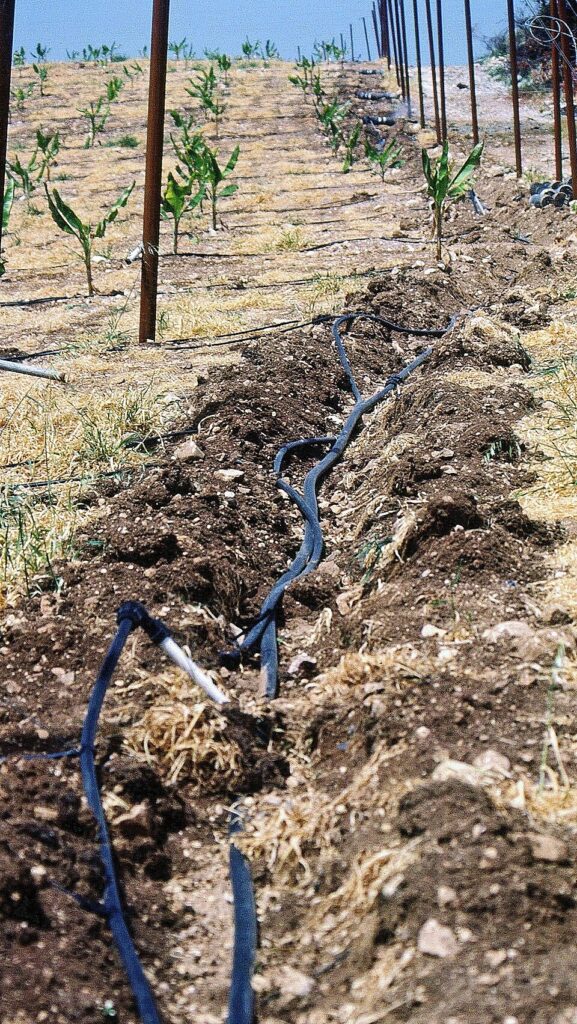
Soaker hoses are a simple yet effective irrigation solution for gardens in hot climates. These porous hoses allow water to slowly seep out, directly wetting the soil around the roots of plants. Since they provide moisture at a consistent, slow rate, the water penetrates deep into the soil, promoting strong root growth while preventing the common problem of surface evaporation.
This type of irrigation system is especially useful for flower beds and vegetable gardens, where even distribution of water is essential for plant health. Soaker hoses are flexible and easy to install, making them an affordable and low-maintenance option for homeowners who want to conserve water while ensuring their plants stay hydrated.
Sprinkler Systems with Timers

Using a sprinkler system with a timer can be a practical solution for lawns and gardens in hot climates. These systems allow water to be applied evenly across a larger area, ensuring all plants receive the moisture they need. The key to making this system work efficiently in hot conditions is the timer, which ensures the system runs during the cooler hours of the day, typically early mornings or late evenings. This timing prevents water loss due to evaporation and ensures the water reaches the plant roots before the sun heats the surface.
Sprinklers are versatile and can be customized for different garden sizes and plant types. By using a timer, you also avoid overwatering and ensure that water is applied in a controlled manner, conserving resources while maintaining plant health.
Bubblers

Bubblers are another water-efficient option for hot climates, particularly for trees and large shrubs. These devices release a steady flow of water at the base of the plant, saturating the roots deeply. The water is applied directly to the root zone, reducing evaporation and preventing water wastage that occurs with surface sprinklers. Since they target the plant base, bubblers help to ensure that deep-rooted plants, like trees, receive the water they need to grow strong.
Bubblers are easy to install and work well for larger plants, especially those that require deep watering. This method prevents water from evaporating before it reaches the root zone, ensuring healthy, hydrated trees and shrubs during high temperatures.
Rain Barrels
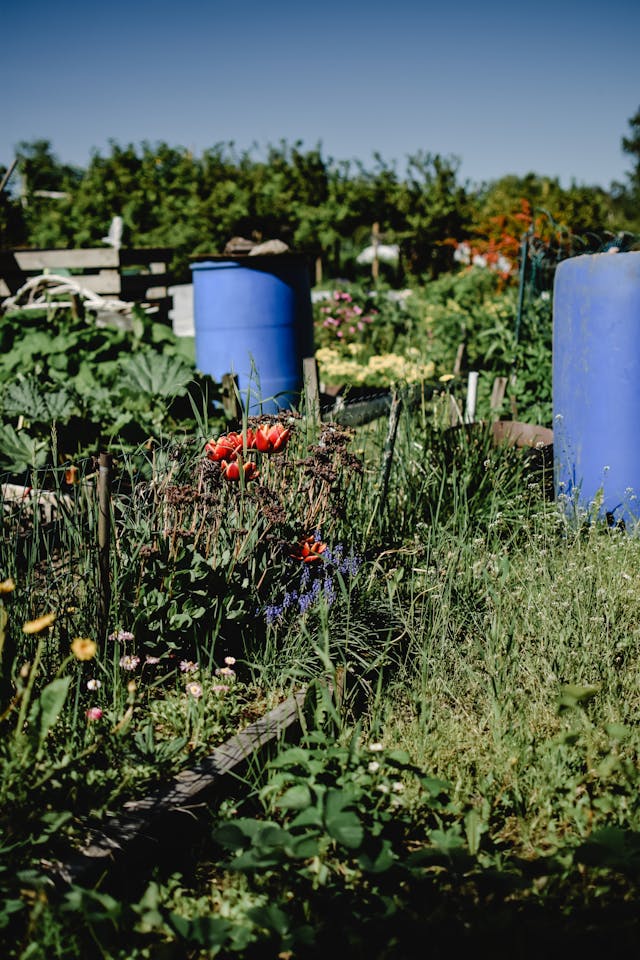
Rain barrels are a sustainable and cost-effective solution for watering plants in hot climates. These barrels collect rainwater from your roof, which can then be used to water gardens, lawns, or plants. By using rainwater, you reduce the need to rely on municipal water supplies, saving money and conserving water. This system is particularly useful in areas with limited water resources or where drought conditions are common.
Rain barrels are simple to set up and can be connected to hoses or soaker systems for easy water distribution. The collected water is often beneficial for plants since it is free of chlorine and other chemicals commonly found in tap water. Rain barrels also allow gardeners to water their plants during dry spells, making them an excellent addition to any home garden.
Wicking Beds
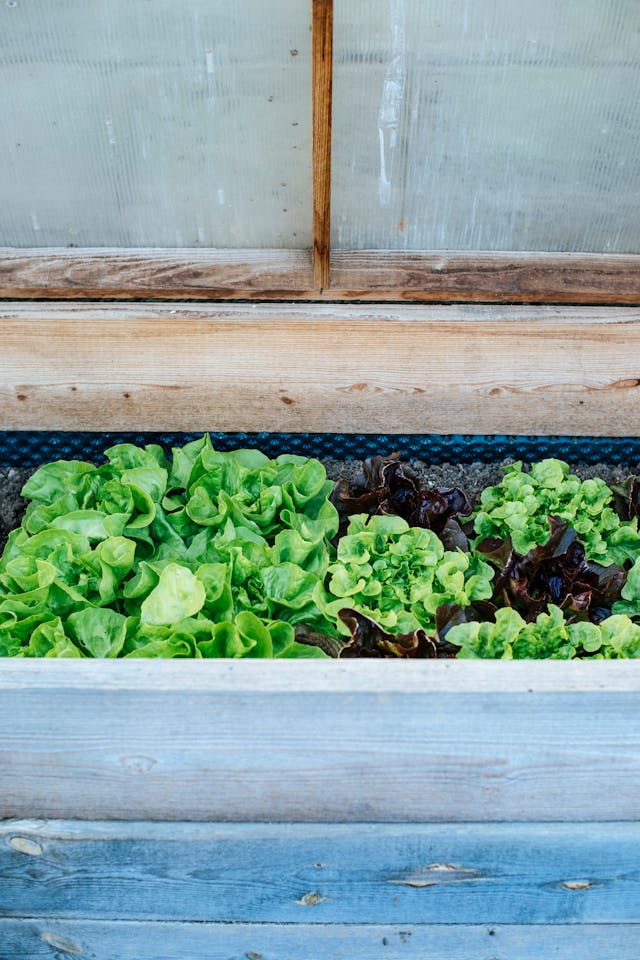
Wicking beds are self-watering garden systems that use a bottom-up irrigation method. These beds feature a water reservoir at the bottom, which is accessed by the plants through capillary action. The water is absorbed from the reservoir as needed, ensuring that the plants receive consistent moisture without surface evaporation. This method helps maintain optimal soil moisture, even during hot conditions.
Wicking beds are highly efficient in water conservation because they deliver moisture directly to the root zone, preventing waste. They are particularly useful for vegetable gardens and small-scale urban farms, where managing water use effectively is key to healthy plant growth. Additionally, wicking beds require less frequent watering compared to traditional methods.
Subsurface Drip Irrigation
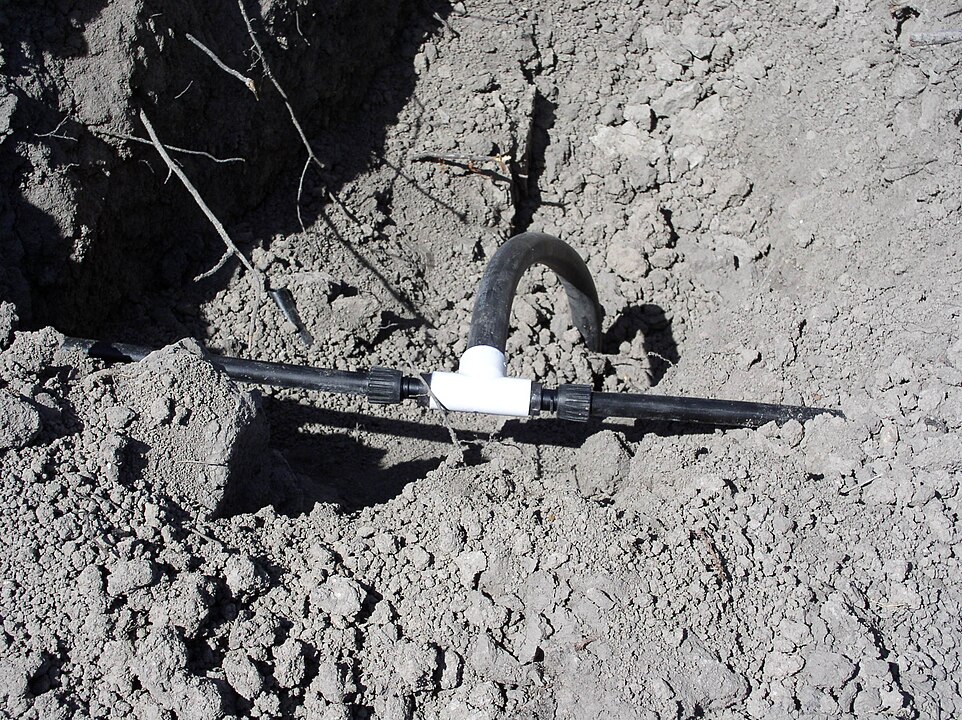
Subsurface drip irrigation (SDI) works by placing irrigation tubing beneath the soil surface, delivering water directly to the plant roots. This system significantly reduces evaporation, ensuring that water is delivered deep into the soil where it is needed most. SDI is highly efficient, as it eliminates the loss of water due to wind and sun exposure, which can occur with surface systems.
This system is ideal for large-scale agriculture or areas where conserving water is essential. It is effective in areas with hot, dry conditions, ensuring that plants get the necessary hydration without wasting water on the surface. The precise delivery method also prevents overwatering and encourages deep root growth.
Mulching with Irrigation
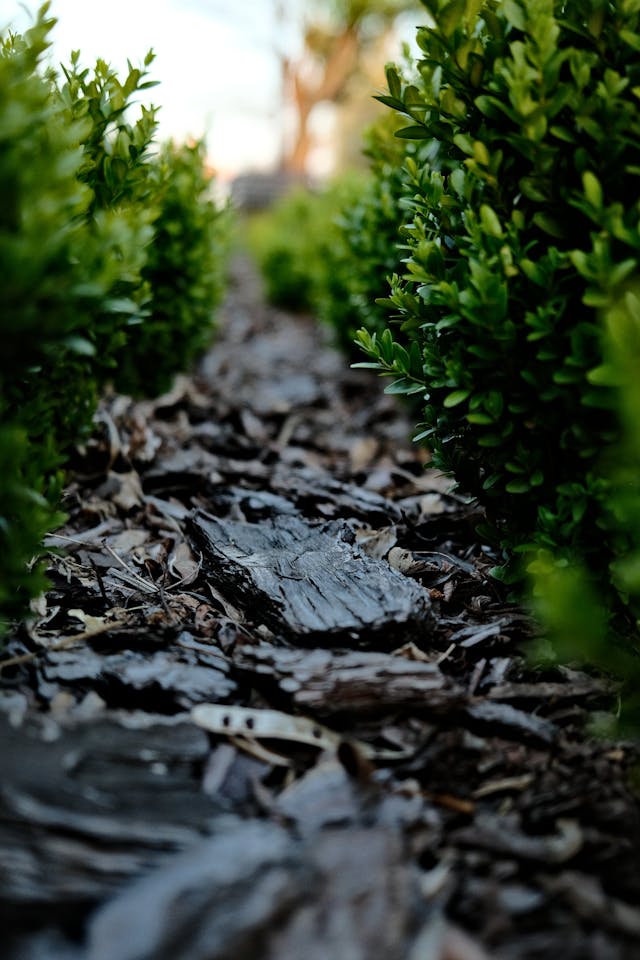
Mulch is an excellent way to retain moisture in the soil, especially in hot climates. When combined with an irrigation system like drip or soaker hoses, mulch helps to keep the soil cooler and retain moisture for longer periods. This reduces the need for frequent watering, as the moisture stays in the soil where it is needed.
Using mulch around plants creates a protective layer that helps prevent the soil from drying out quickly. It also provides additional benefits, such as suppressing weeds and adding nutrients to the soil as it breaks down. The combination of mulch and irrigation is particularly effective for vegetable gardens and flower beds during hot weather.
Smart Irrigation Controllers
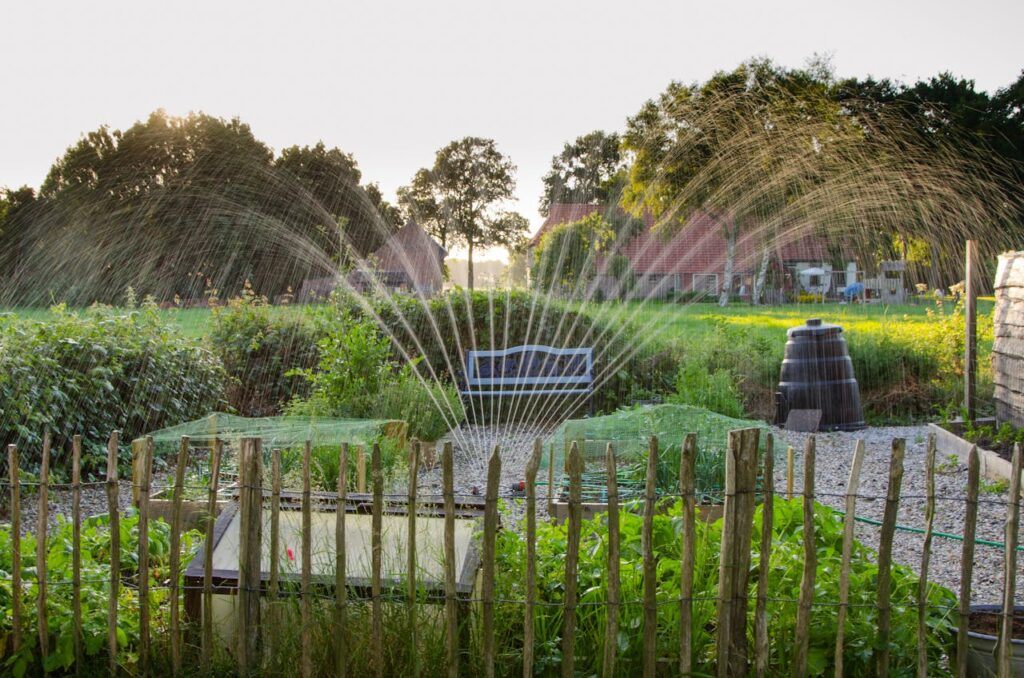
Smart irrigation controllers are an advanced yet simple solution to help water efficiently in hot climates. These controllers adjust watering schedules based on weather data, such as temperature, humidity, and rainfall. By automatically adjusting the watering times, smart controllers ensure that plants receive the optimal amount of water without excess waste.
These systems are compatible with many types of irrigation systems, including drip, sprinkler, and soaker hoses. The ability to customize and fine-tune the watering schedule makes smart controllers ideal for regions that experience fluctuating weather patterns, ensuring that plants are always hydrated while minimizing water waste.
Tree Irrigation Bags
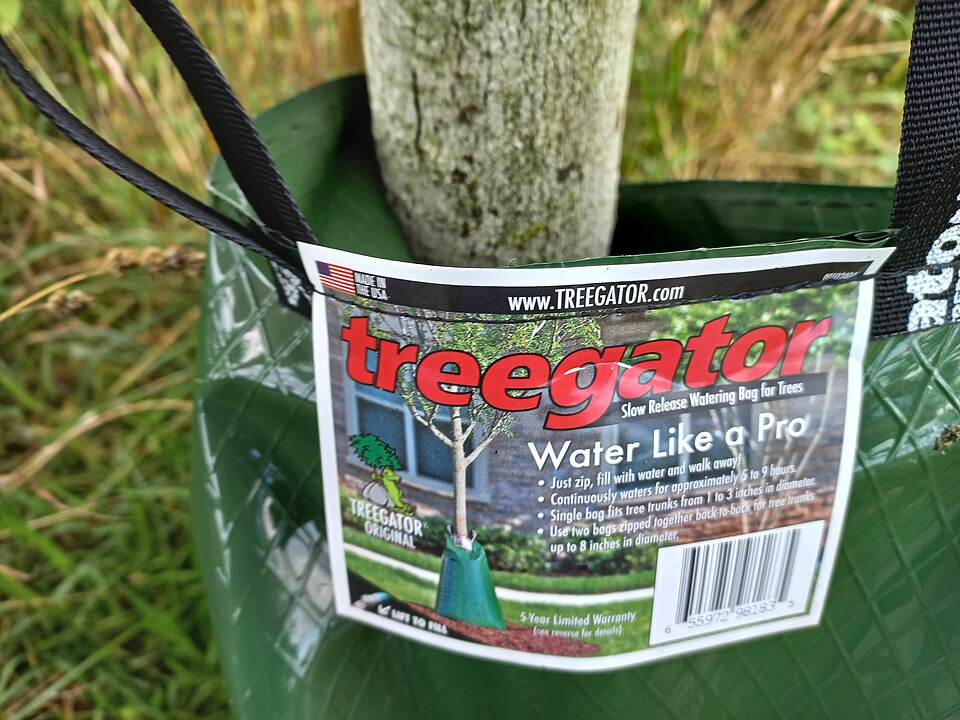
Tree irrigation bags are specially designed for watering trees in hot climates. These bags slowly release water around the base of the tree, providing consistent hydration directly to the roots. Since trees have deep root systems, these bags are perfect for ensuring that water reaches the roots without surface evaporation.
These bags are easy to set up and can be refilled as needed. They help to reduce water waste by providing a slow, steady release, and they are particularly useful for newly planted trees or those that are struggling to establish their roots in dry conditions.
Sprinkler Timers with Moisture Sensors
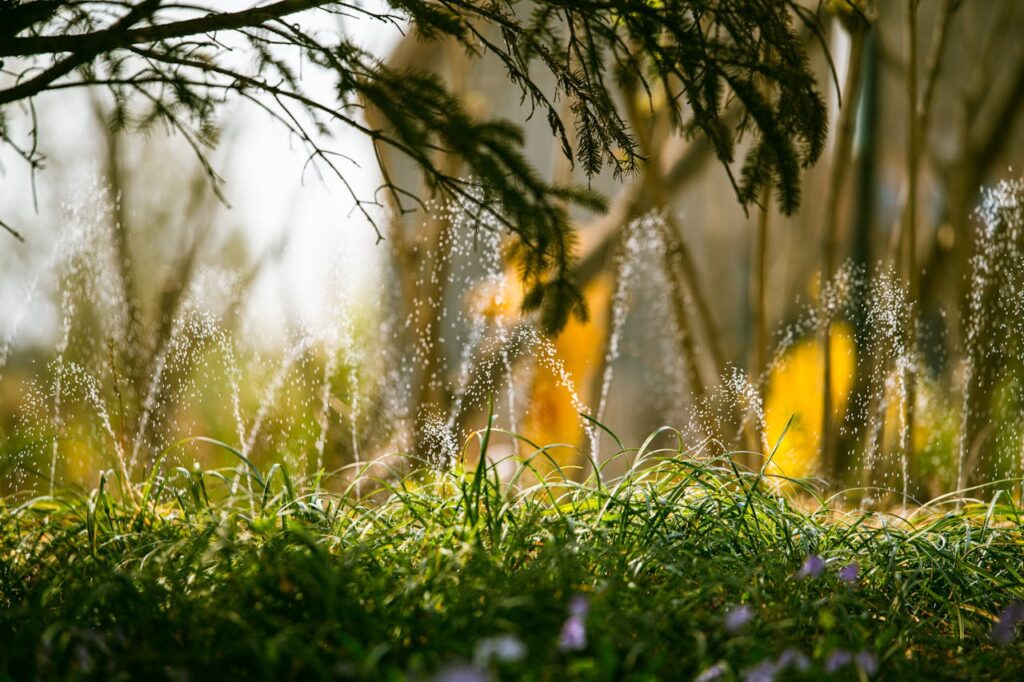
Sprinkler timers with moisture sensors provide a smart solution to ensure that plants are watered according to their actual needs. The moisture sensor detects when the soil is dry and triggers the sprinkler system to water the plants. This eliminates the need for manual adjustments and prevents overwatering, which is a common problem in hot climates.
These systems are highly efficient and help conserve water by ensuring that sprinklers only run when necessary. They can be used with various types of sprinkler heads, making them versatile for different gardening needs. By reducing water wastage, sprinkler timers with moisture sensors help maintain healthy plant growth without straining water resources.
Hand Watering with Watering Cans
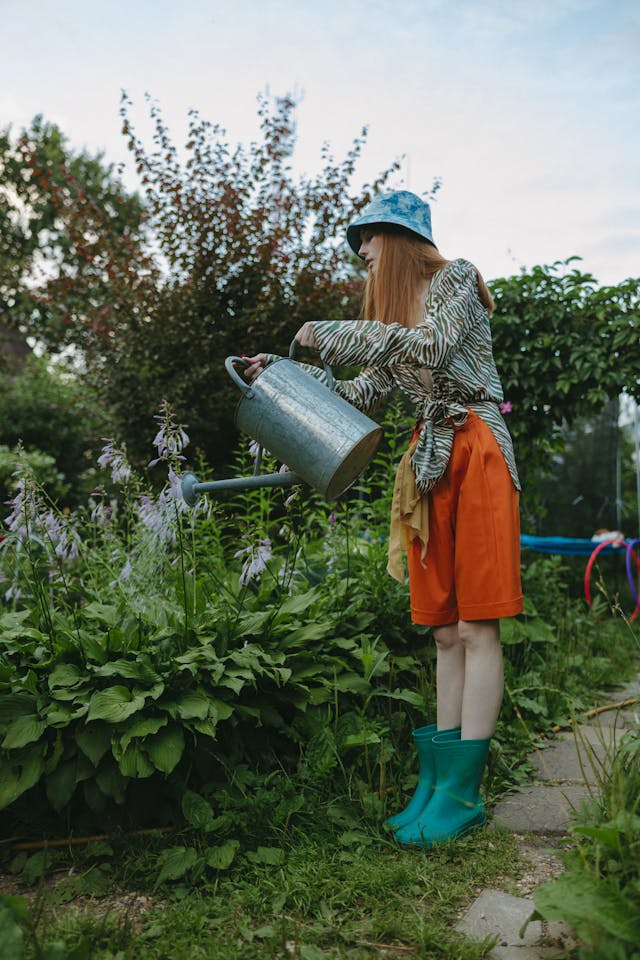
Though it may seem simple, hand watering with watering cans can be an effective method for small gardens or specific plants in hot climates. By watering plants directly at their base, you can avoid water loss due to evaporation. This method allows you to focus on plants that may need more attention, ensuring that they receive adequate moisture.
While not as automated as other systems, hand watering is a great option for gardeners who prefer a more personal touch. It’s also an ideal choice for people with limited space, as it does not require complicated installation or maintenance.
This article originally appeared on Avocadu.
